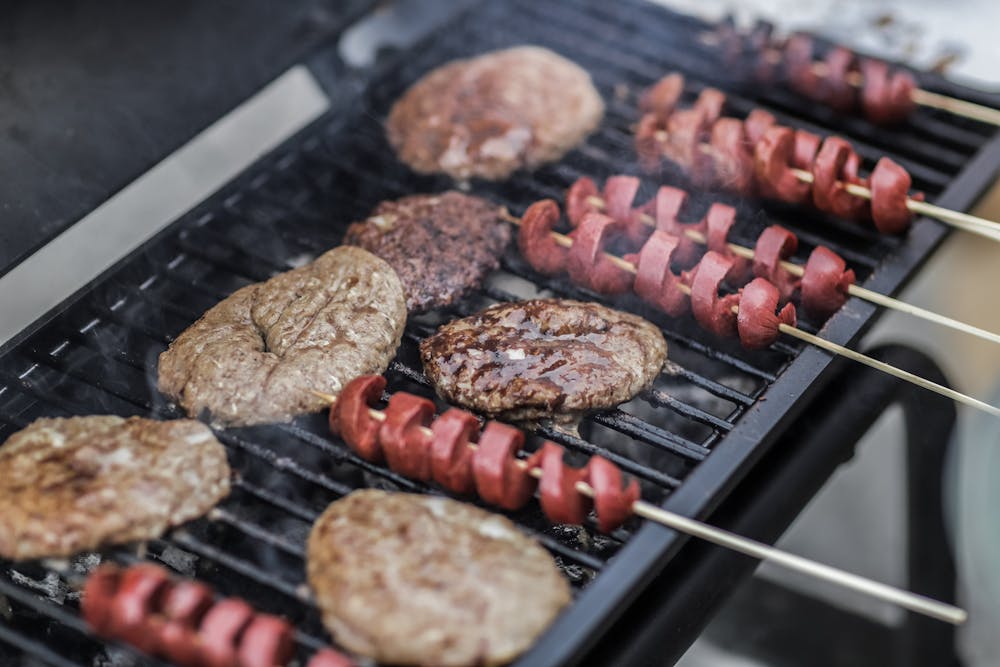Understanding how heat transforms food has been a fascinating journey for me in the kitchen. Cooking isn’t just about following recipes; it’s about understanding the science behind the process and how different cooking methods affect the ingredients we use. Here’s what I’ve learned about the science of cooking and how heat transforms food:
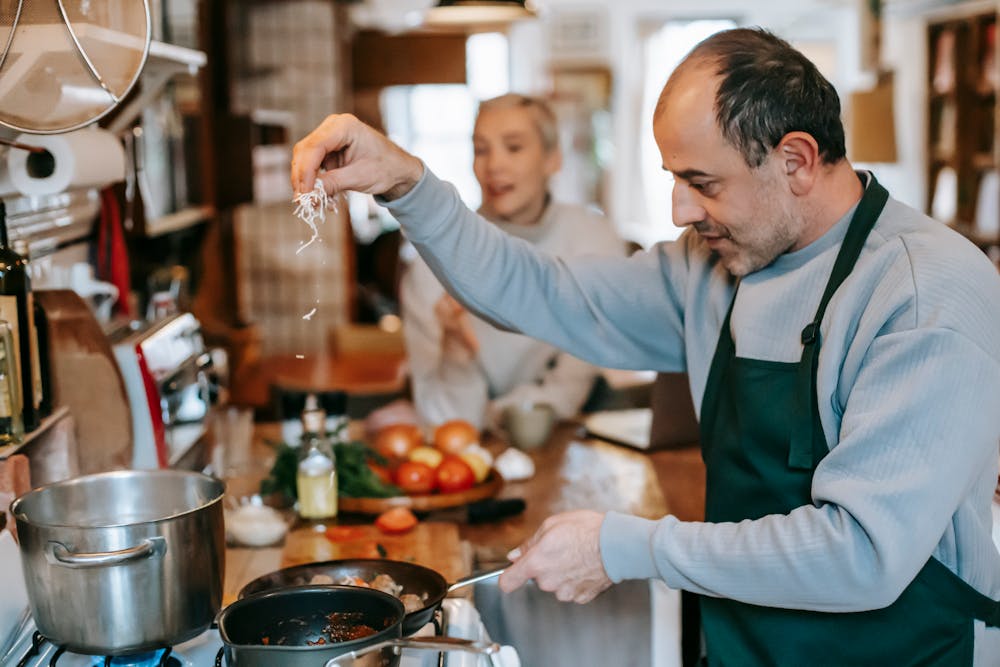 **Heat Transfer Methods:**
**Heat Transfer Methods:**
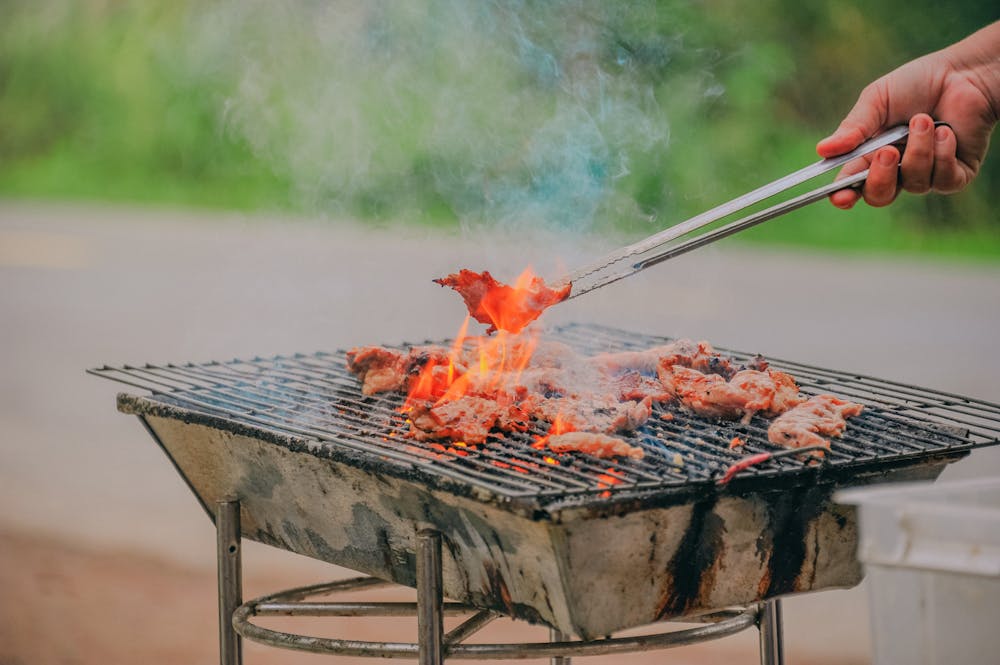 There are three main methods of heat transfer in cooking: conduction, convection, and radiation. Conduction occurs when heat is transferred directly from one surface to another through direct contact, such as when food is seared in a hot pan. Convection involves the movement of heat through a fluid, such as air or liquid, which circulates around the food and cooks it evenly, as in baking or roasting. Radiation is the transfer of heat energy through electromagnetic waves, such as when food is cooked on a grill or under a broiler.
There are three main methods of heat transfer in cooking: conduction, convection, and radiation. Conduction occurs when heat is transferred directly from one surface to another through direct contact, such as when food is seared in a hot pan. Convection involves the movement of heat through a fluid, such as air or liquid, which circulates around the food and cooks it evenly, as in baking or roasting. Radiation is the transfer of heat energy through electromagnetic waves, such as when food is cooked on a grill or under a broiler.
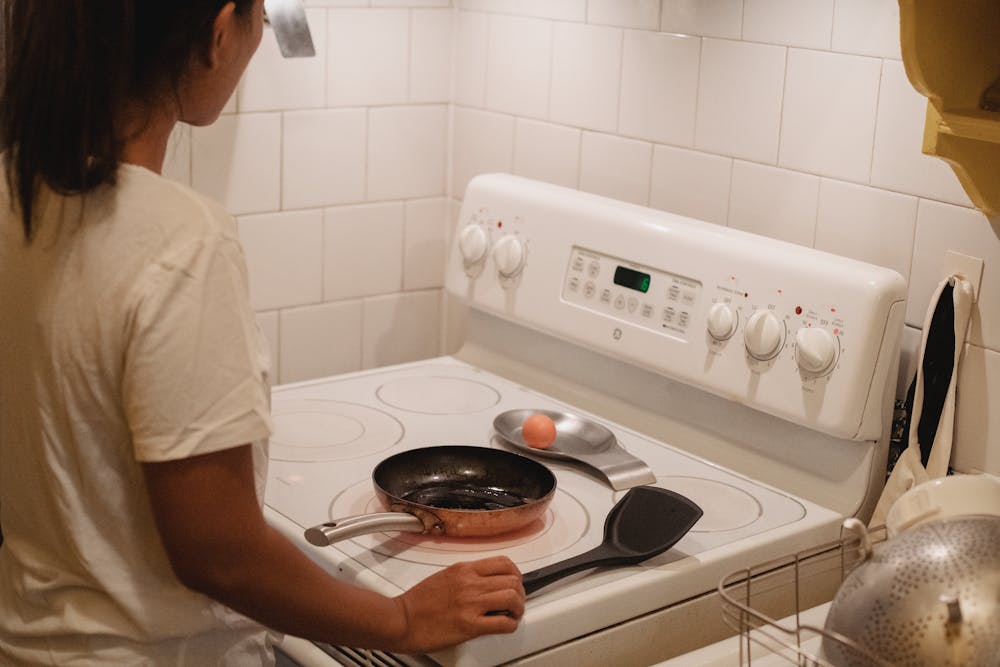 **Effects of Heat on Food:**
**Effects of Heat on Food:**
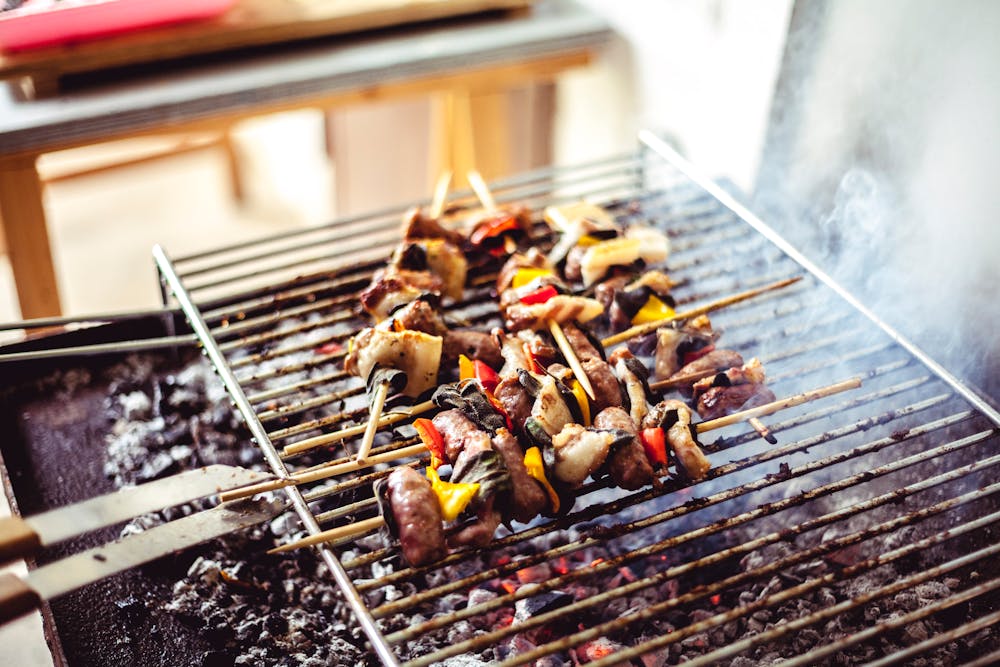 Heat causes physical and chemical changes in food that affect its texture, flavor, color, and nutritional content. For example, proteins denature and coagulate when heated, causing meat to brown and become tender. Carbohydrates undergo caramelization and Maillard reactions, creating complex flavors and aromas. Fats melt and render, adding richness and moisture to dishes. Understanding these changes allows cooks to manipulate ingredients and cooking methods to achieve desired results.
Heat causes physical and chemical changes in food that affect its texture, flavor, color, and nutritional content. For example, proteins denature and coagulate when heated, causing meat to brown and become tender. Carbohydrates undergo caramelization and Maillard reactions, creating complex flavors and aromas. Fats melt and render, adding richness and moisture to dishes. Understanding these changes allows cooks to manipulate ingredients and cooking methods to achieve desired results.
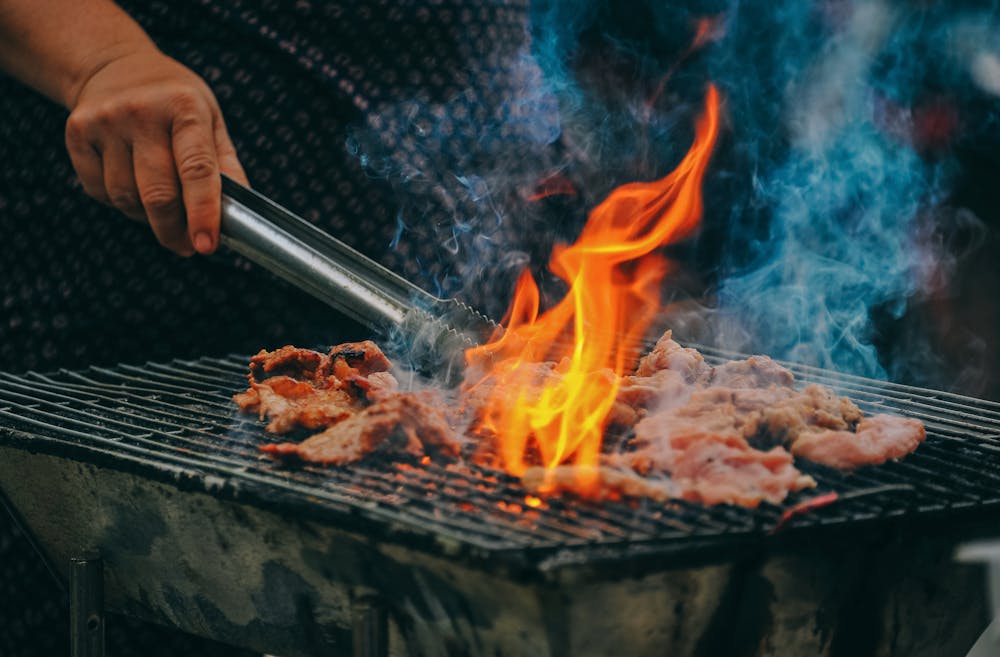 **Cooking Methods and Techniques:**
**Cooking Methods and Techniques:**
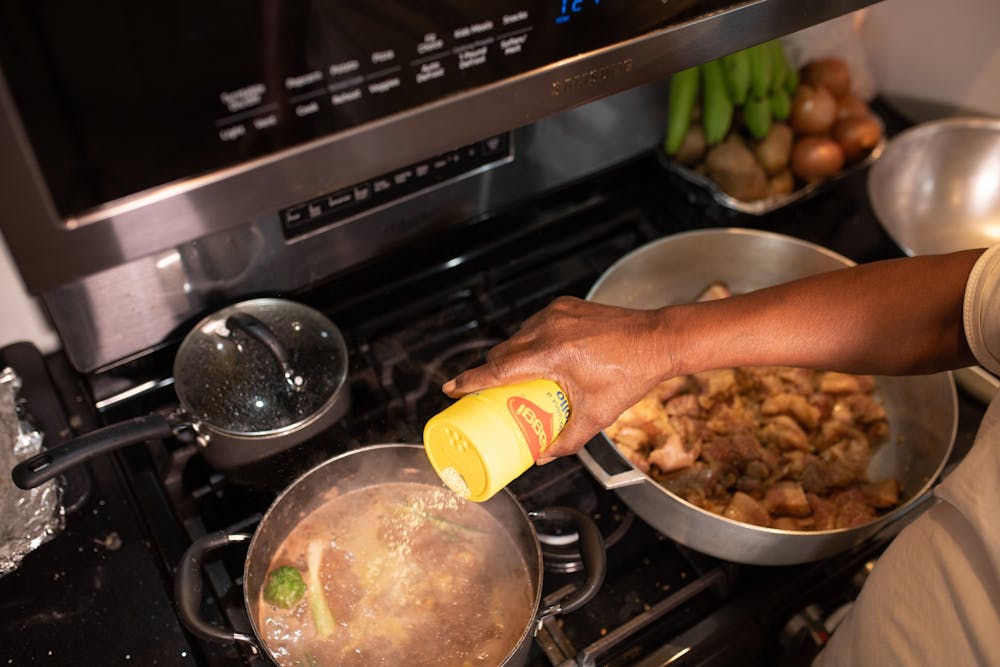 Different cooking methods and techniques harness heat in unique ways to achieve specific results. For example, frying uses high heat and direct contact with oil to create a crispy exterior on foods, while braising involves slow cooking in liquid to break down tough proteins and connective tissue. Grilling exposes food to radiant heat from hot coals or flames, imparting a smoky flavor and charred exterior. By mastering various cooking techniques, cooks can create a wide range of textures and flavors in their dishes.
Different cooking methods and techniques harness heat in unique ways to achieve specific results. For example, frying uses high heat and direct contact with oil to create a crispy exterior on foods, while braising involves slow cooking in liquid to break down tough proteins and connective tissue. Grilling exposes food to radiant heat from hot coals or flames, imparting a smoky flavor and charred exterior. By mastering various cooking techniques, cooks can create a wide range of textures and flavors in their dishes.
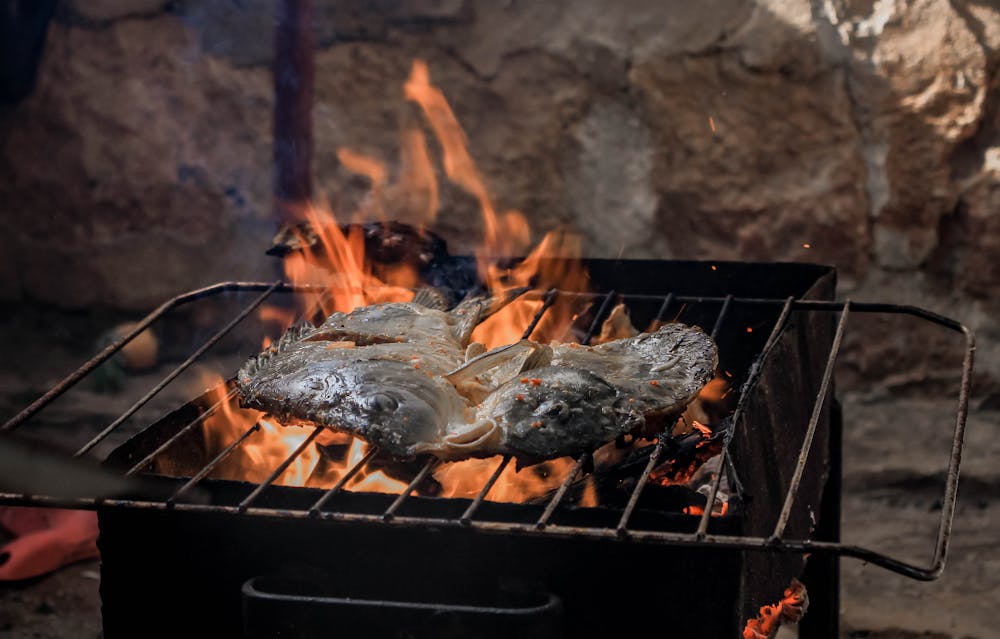 **Temperature Control:**
**Temperature Control:**
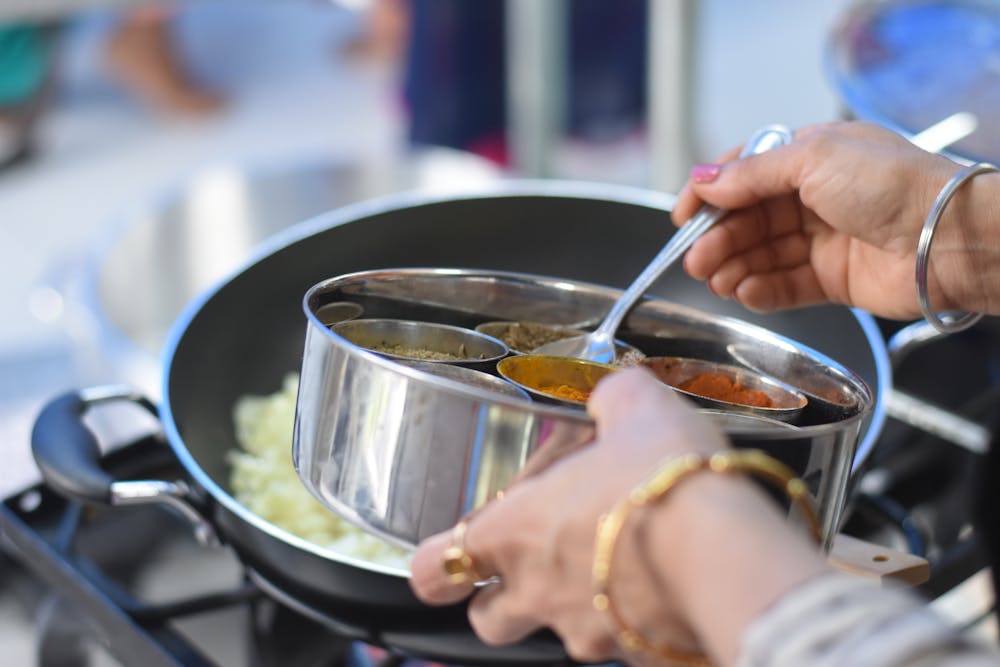 Temperature control is crucial in cooking to ensure that food cooks evenly and to the desired degree of doneness. Using a thermometer to monitor internal temperatures is essential for meats, poultry, and baked goods to avoid undercooking or overcooking. Additionally, adjusting heat levels during cooking allows for precise control over browning, caramelization, and other reactions that contribute to flavor development.
Temperature control is crucial in cooking to ensure that food cooks evenly and to the desired degree of doneness. Using a thermometer to monitor internal temperatures is essential for meats, poultry, and baked goods to avoid undercooking or overcooking. Additionally, adjusting heat levels during cooking allows for precise control over browning, caramelization, and other reactions that contribute to flavor development.
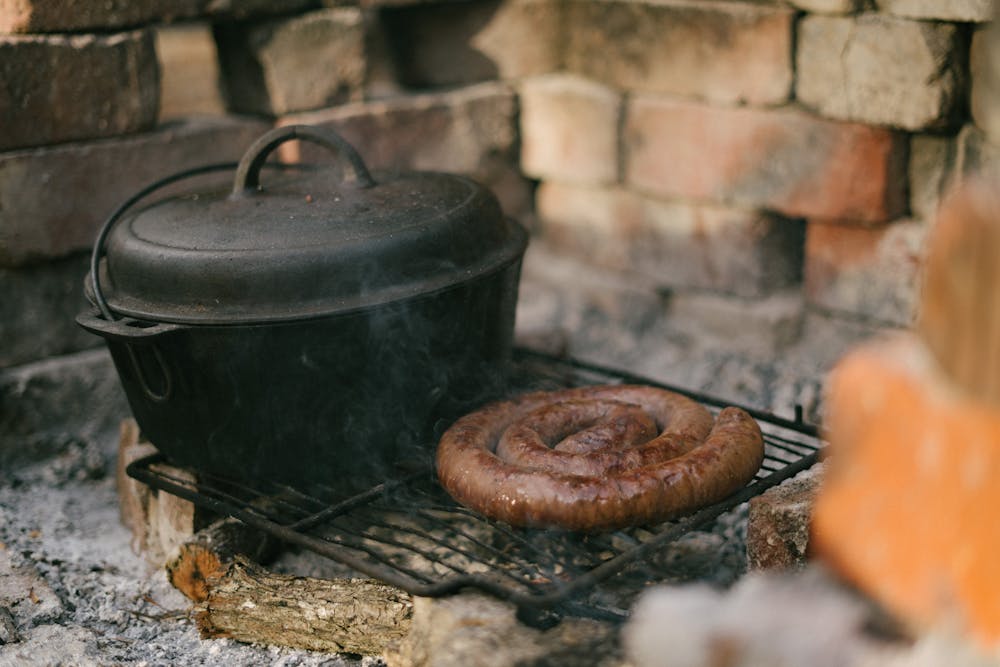 **Experimentation and Creativity:**
**Experimentation and Creativity:**
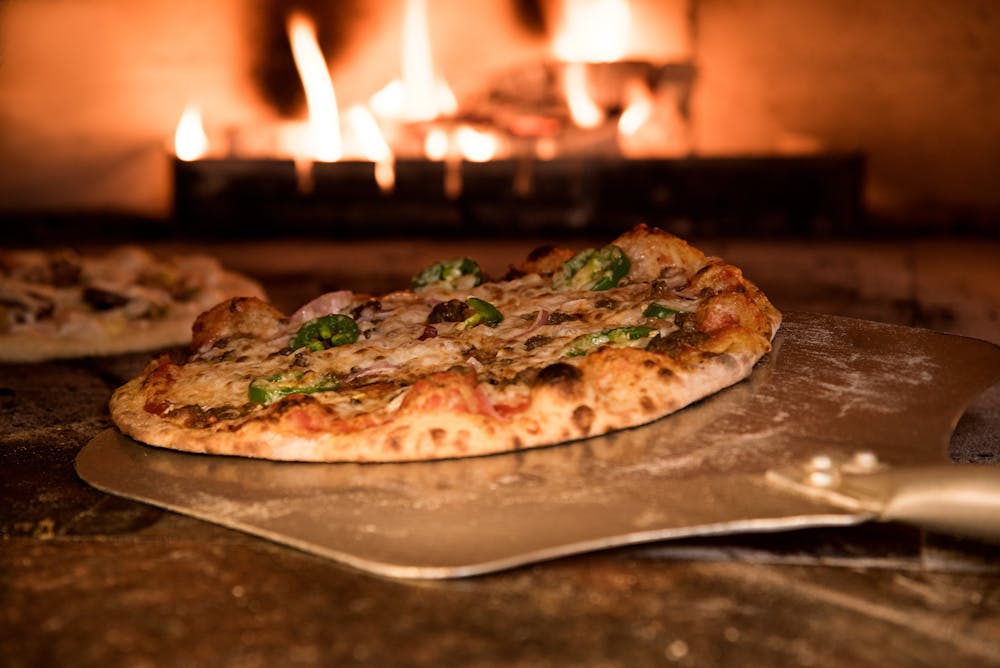 Understanding the science of cooking provides a foundation for experimentation and creativity in the kitchen. Armed with knowledge about how heat transforms food, cooks can confidently explore new ingredients, techniques, and flavor combinations to create innovative and delicious dishes. By embracing the science behind cooking, we can unlock the full potential of our culinary creations and delight our taste buds with every bite.
Understanding the science of cooking provides a foundation for experimentation and creativity in the kitchen. Armed with knowledge about how heat transforms food, cooks can confidently explore new ingredients, techniques, and flavor combinations to create innovative and delicious dishes. By embracing the science behind cooking, we can unlock the full potential of our culinary creations and delight our taste buds with every bite.
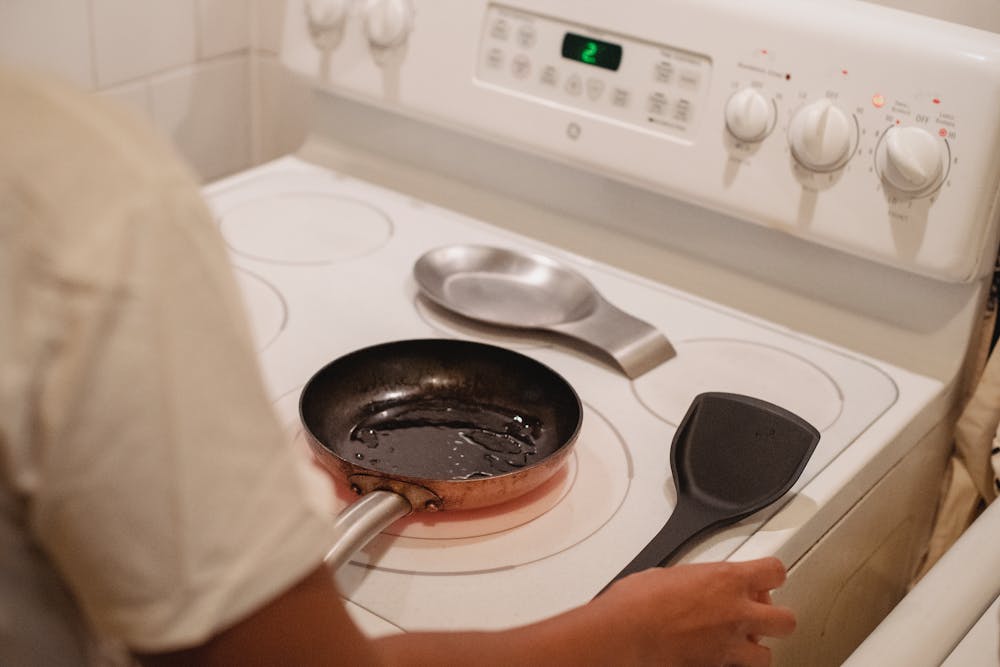 In conclusion, the science of cooking is a fascinating subject that enhances our understanding of how heat transforms food. By grasping the principles of heat transfer, effects of heat on food, cooking methods and techniques, temperature control, and the importance of experimentation and creativity, we can elevate our cooking skills and create extraordinary dishes that delight the senses. So the next time you step into the kitchen, remember to embrace the science behind cooking and let your culinary imagination soar!
In conclusion, the science of cooking is a fascinating subject that enhances our understanding of how heat transforms food. By grasping the principles of heat transfer, effects of heat on food, cooking methods and techniques, temperature control, and the importance of experimentation and creativity, we can elevate our cooking skills and create extraordinary dishes that delight the senses. So the next time you step into the kitchen, remember to embrace the science behind cooking and let your culinary imagination soar!
